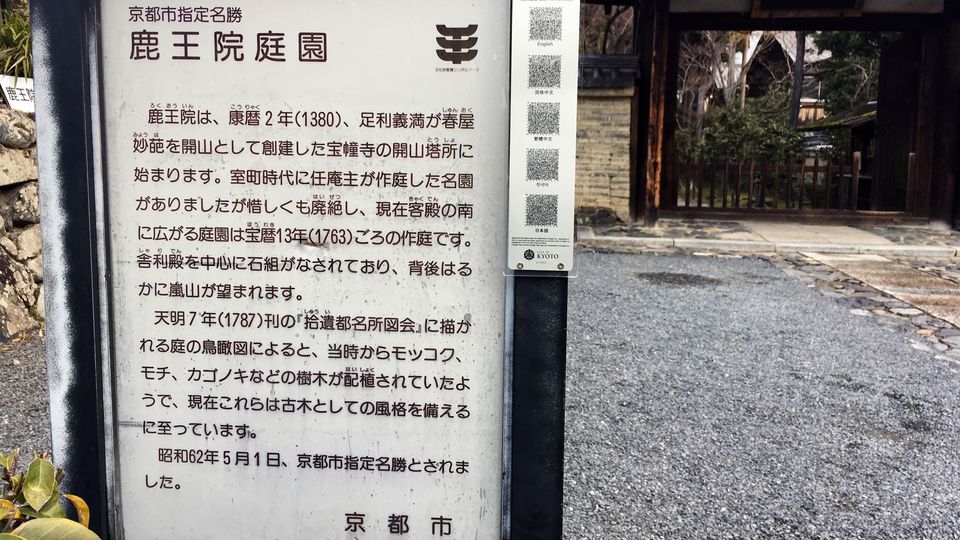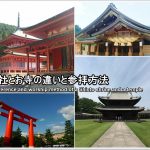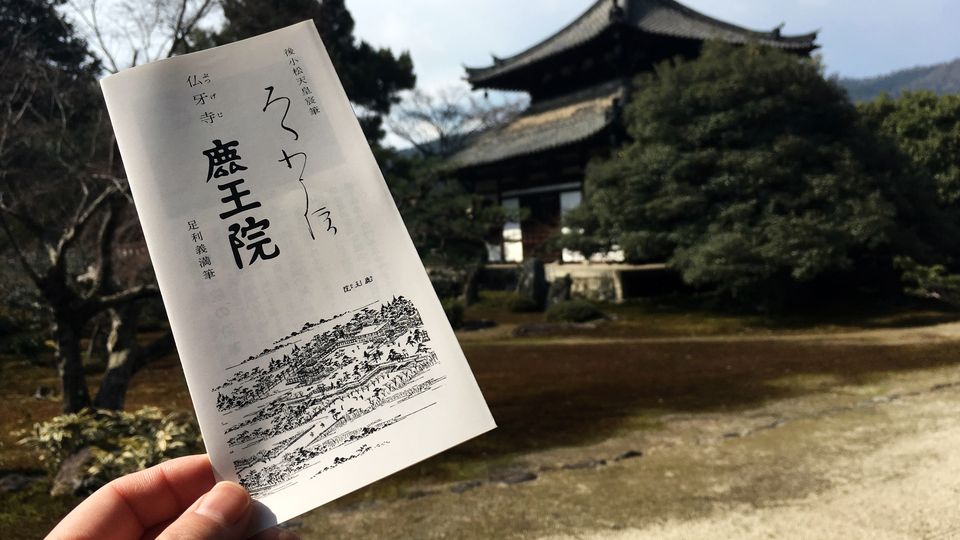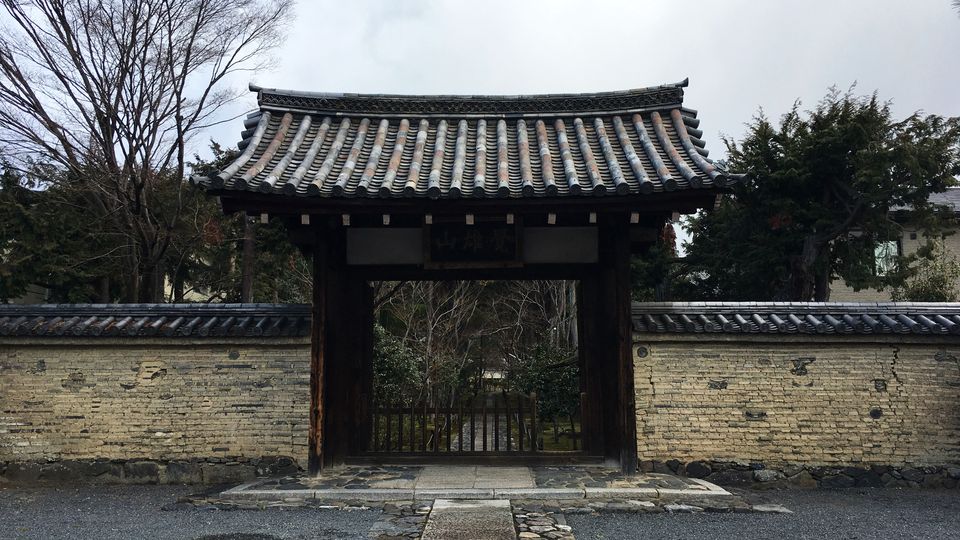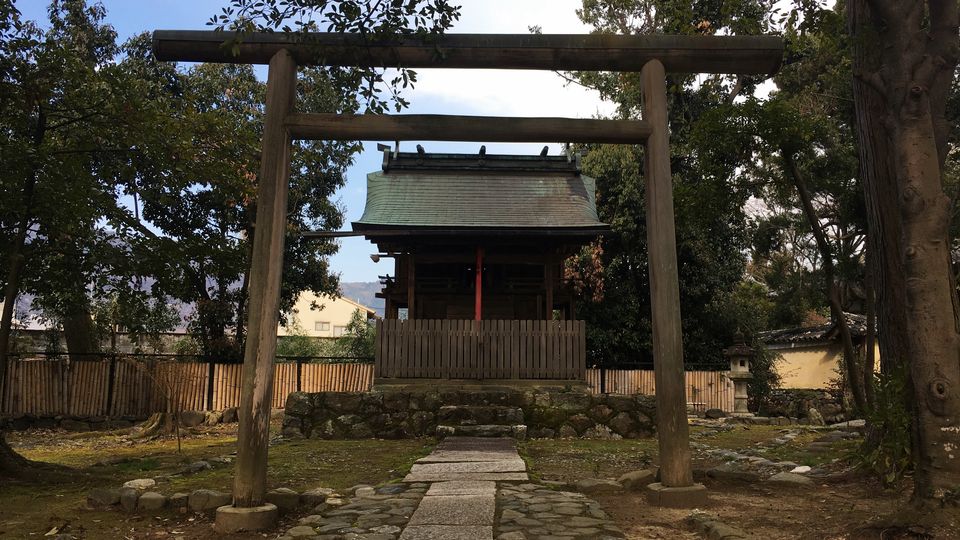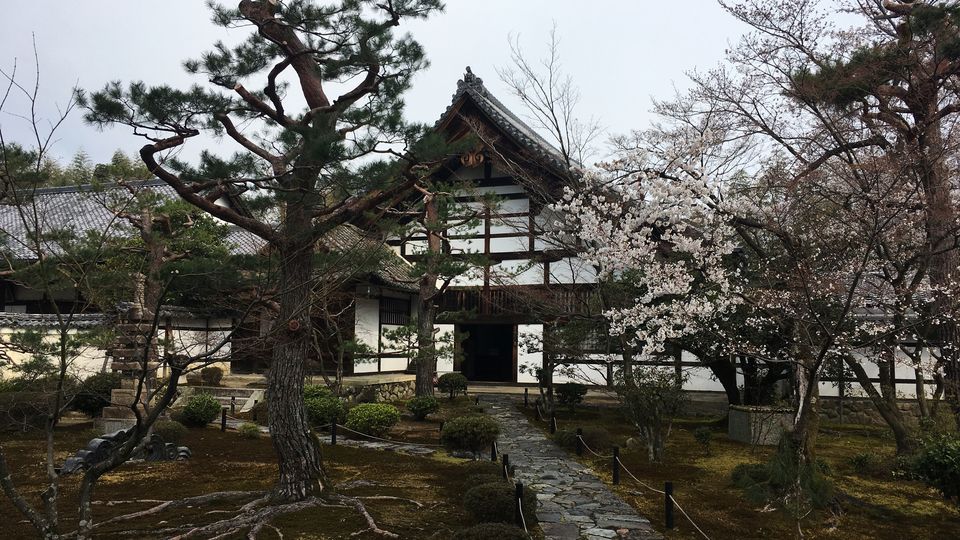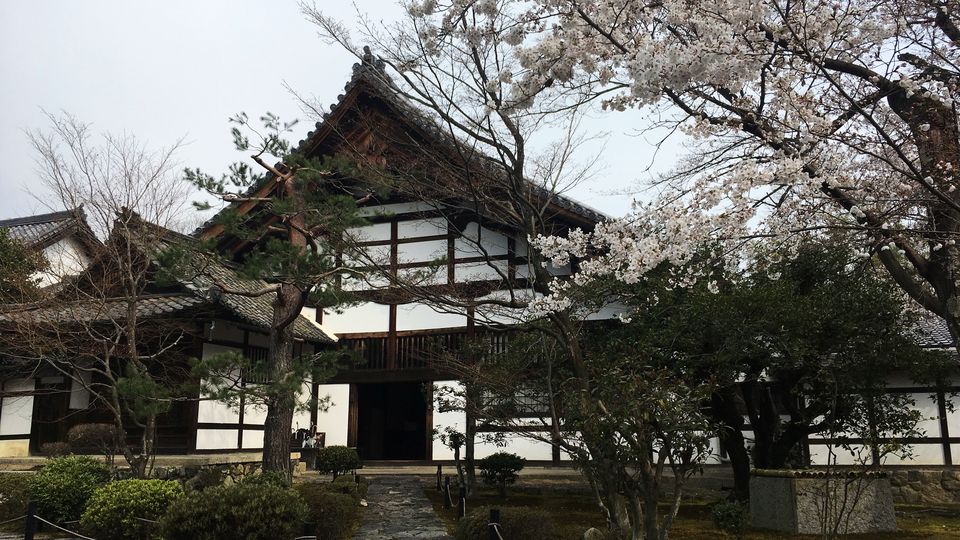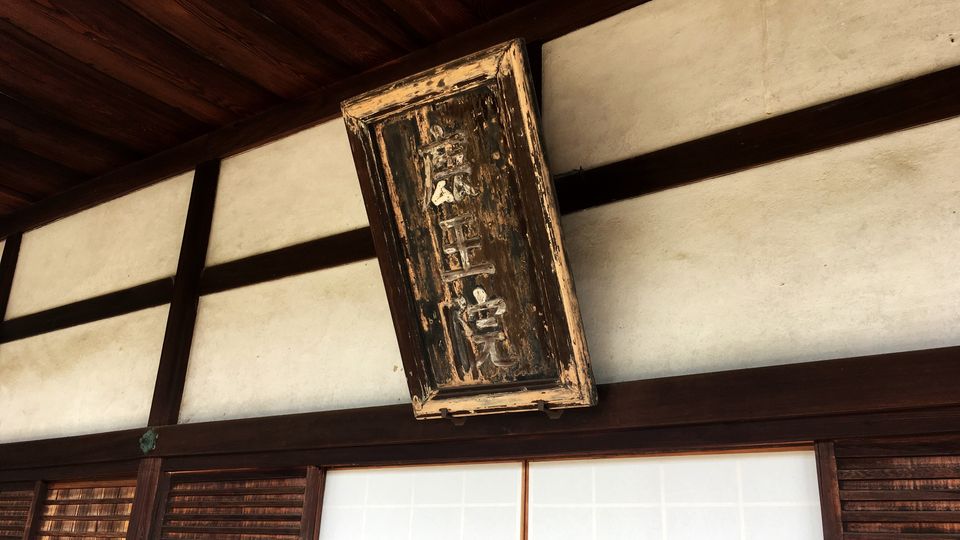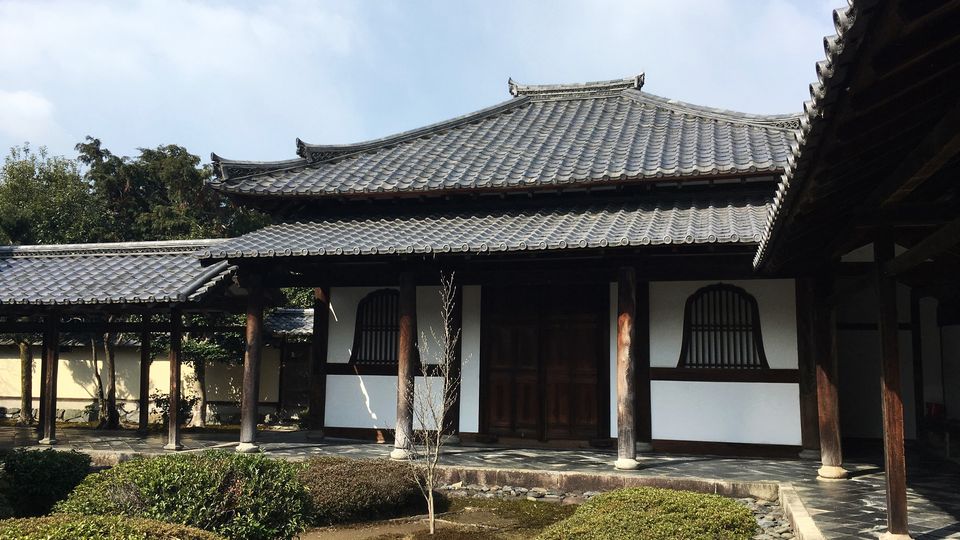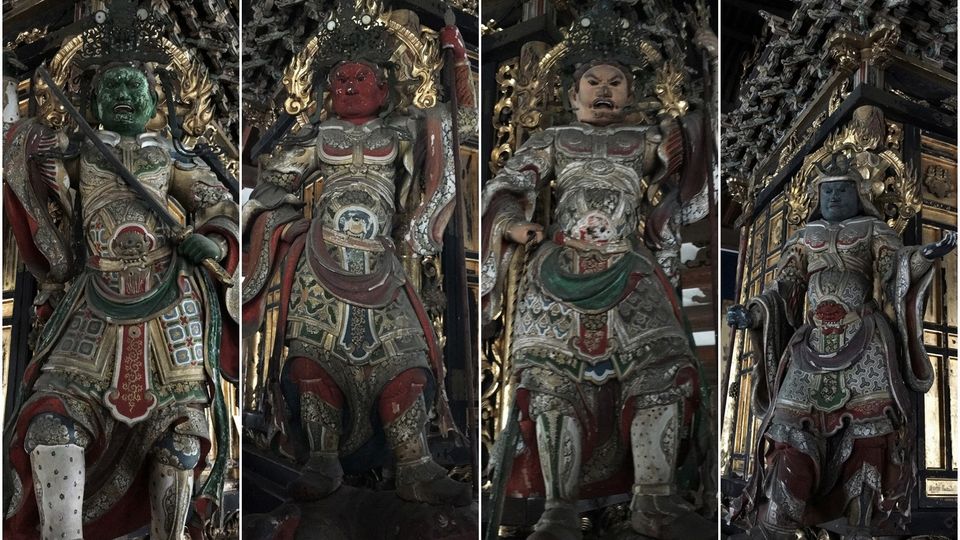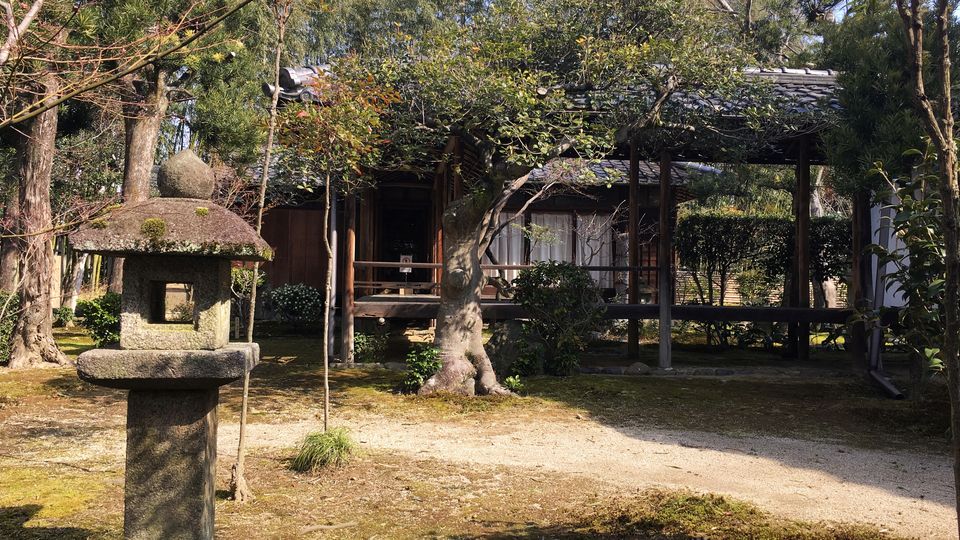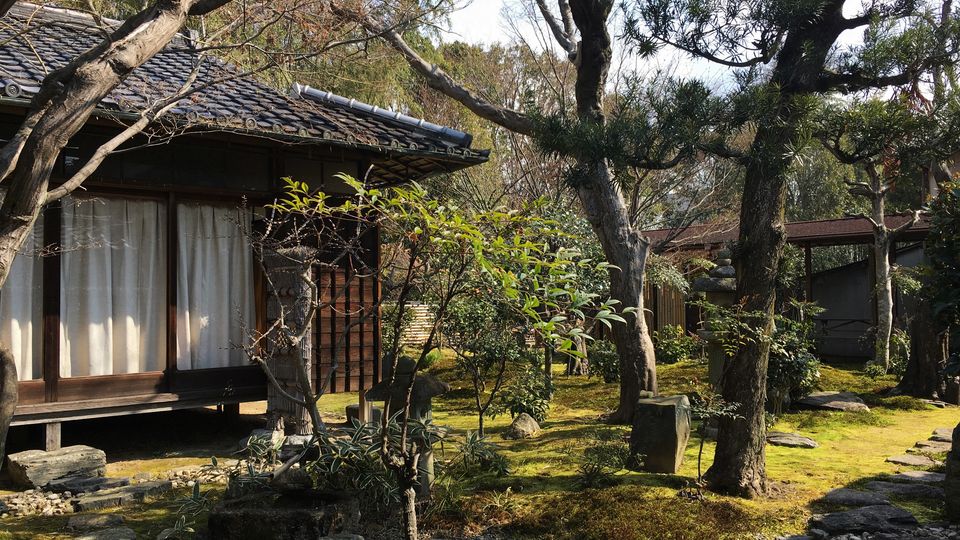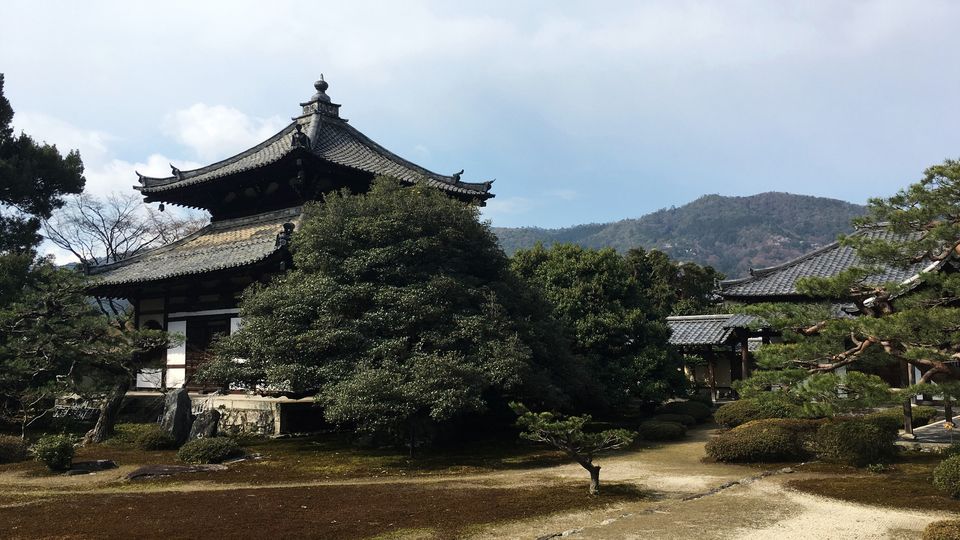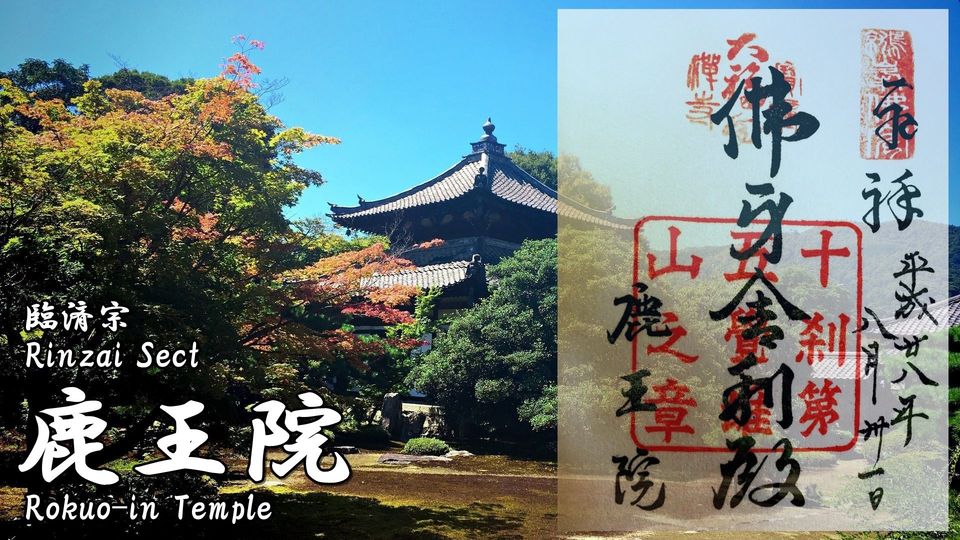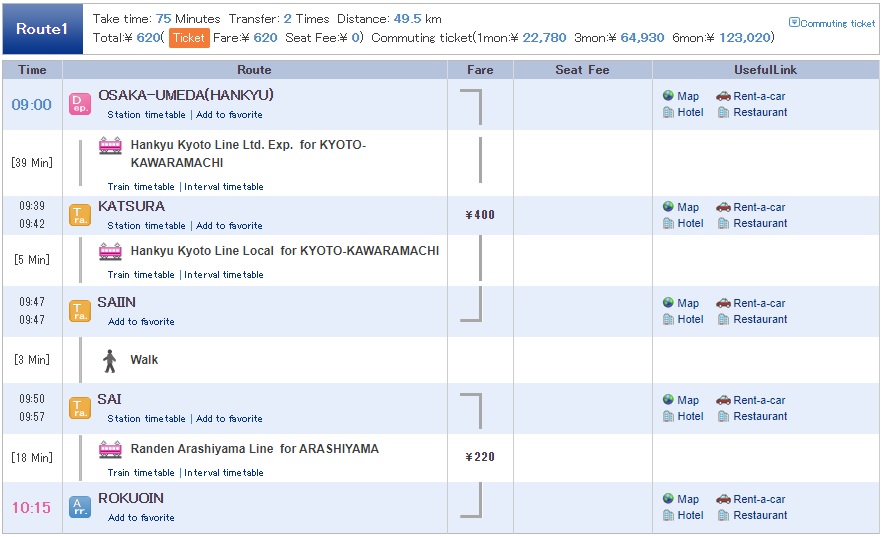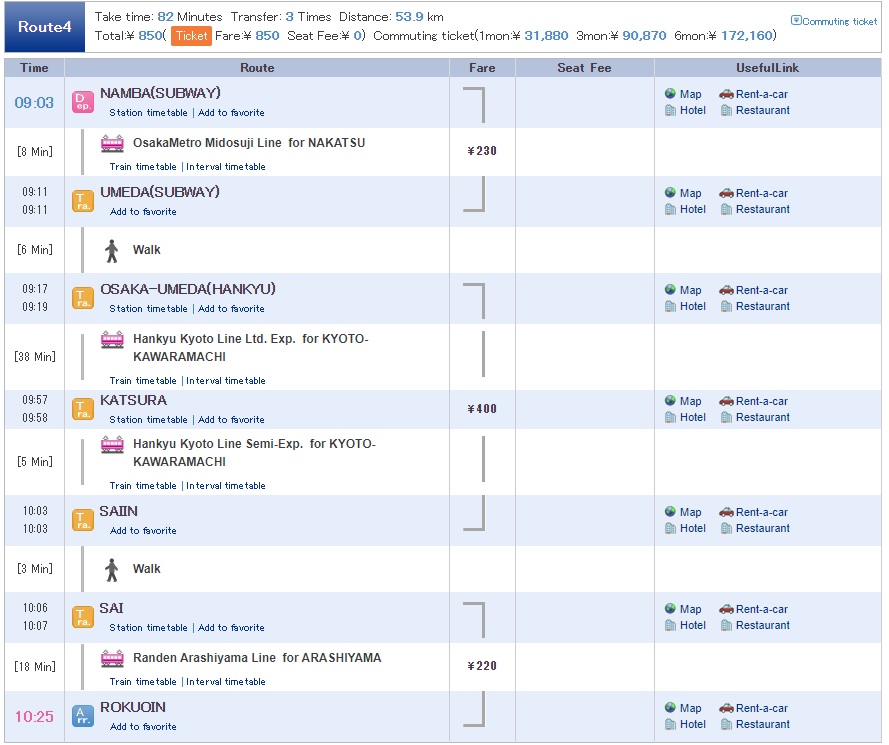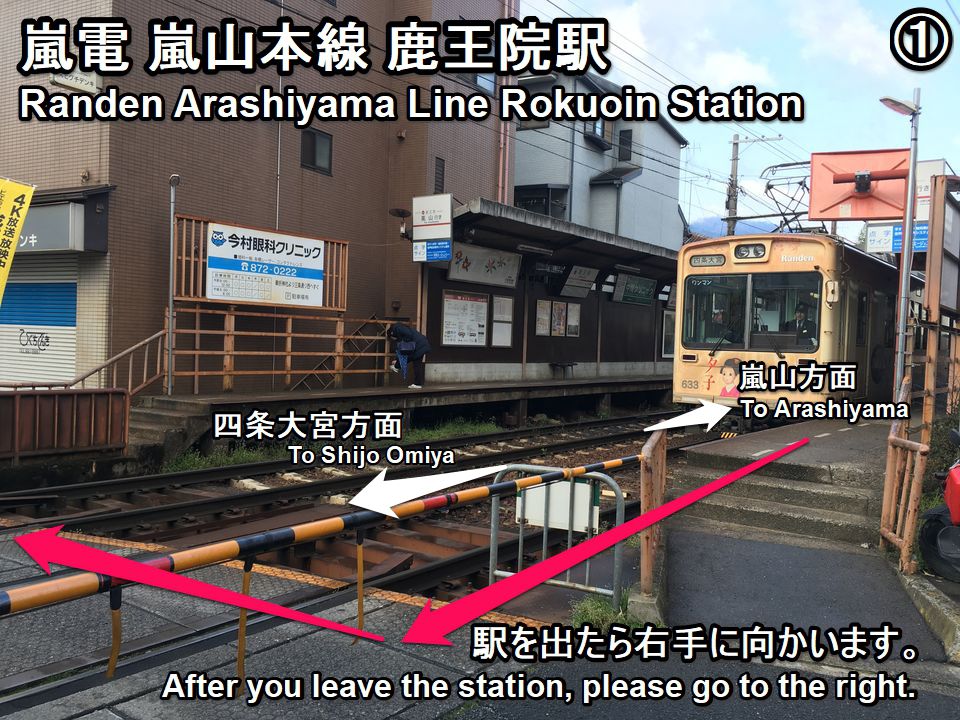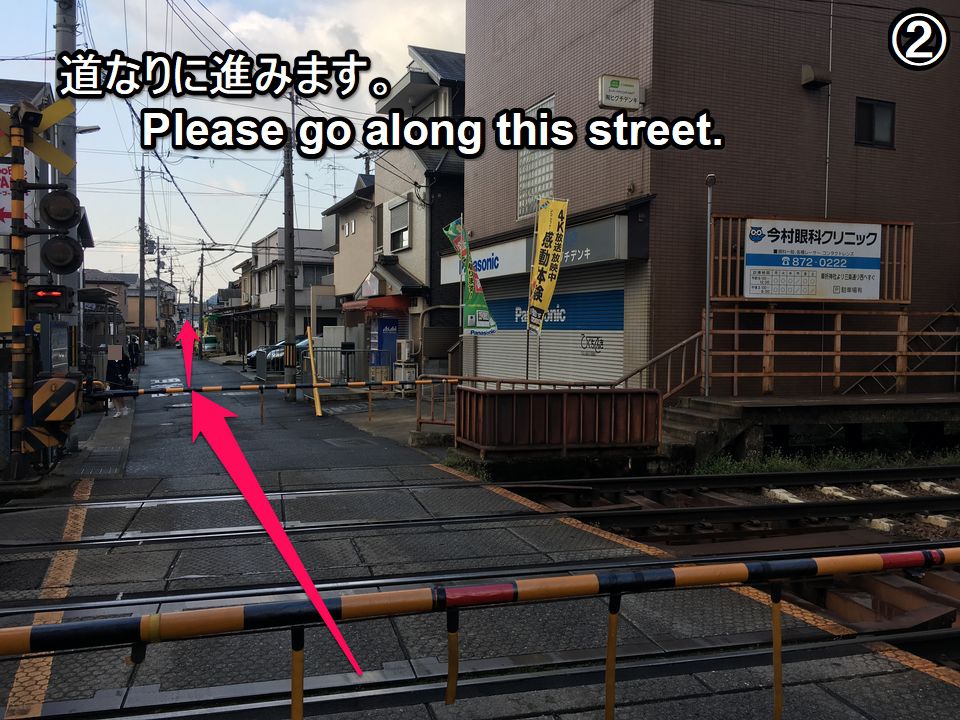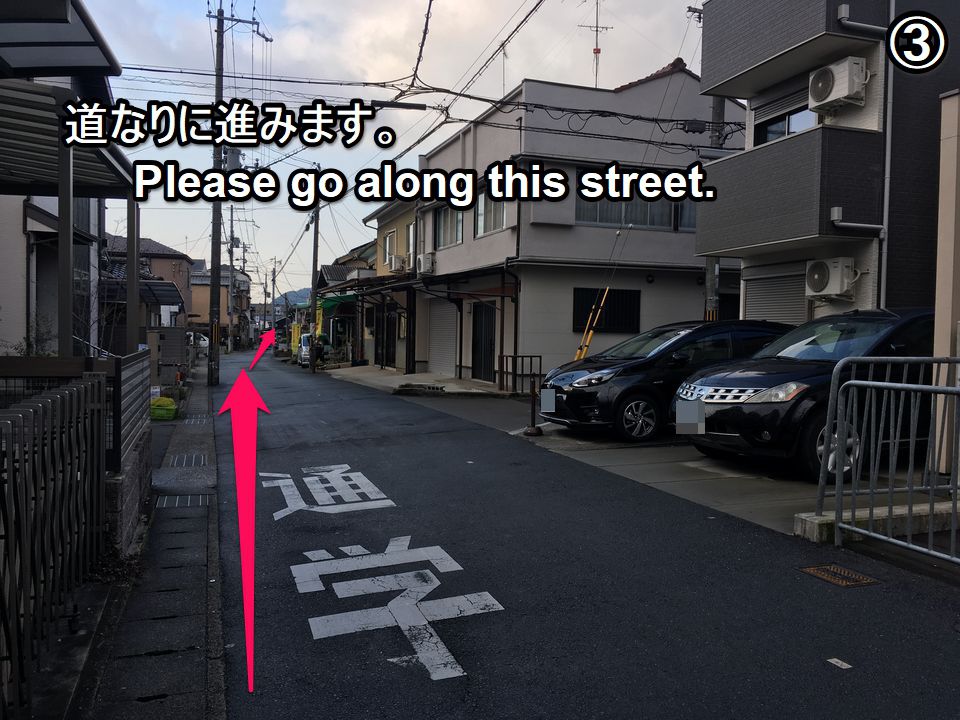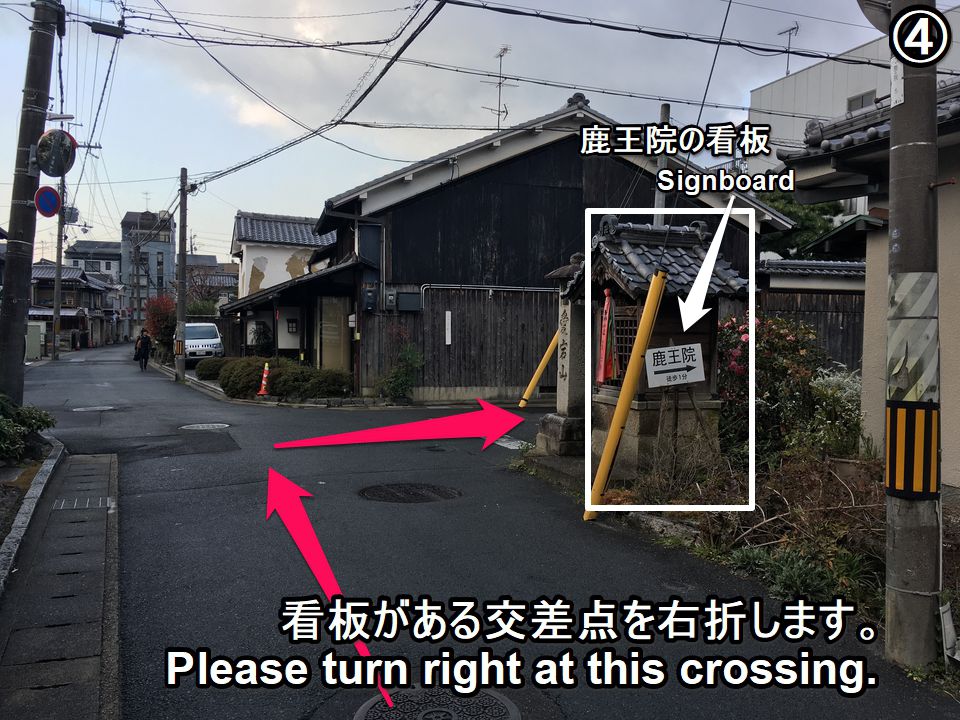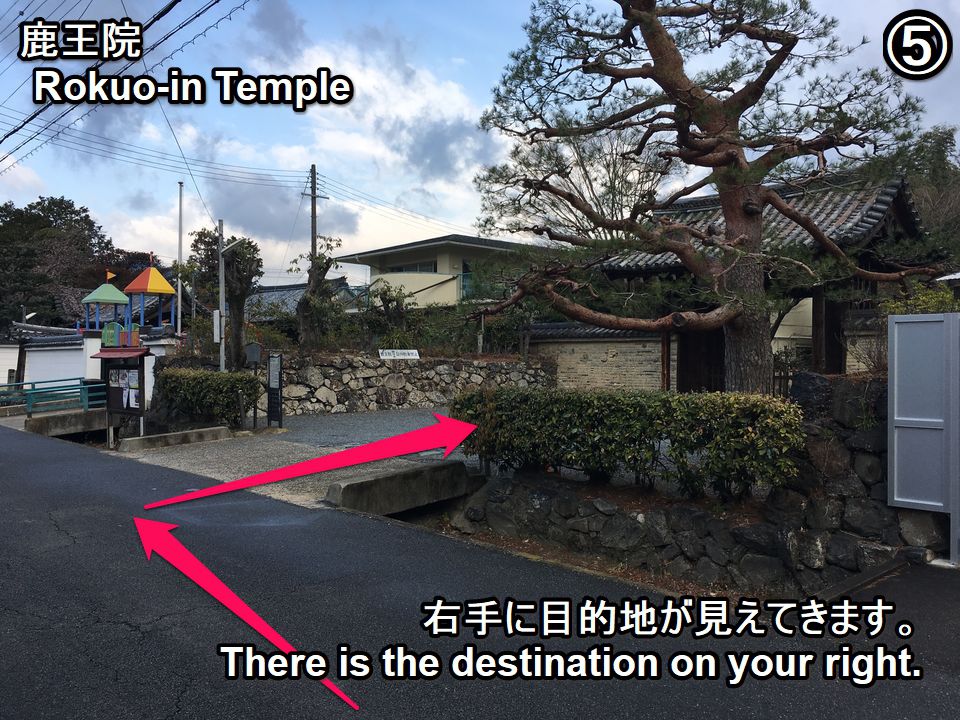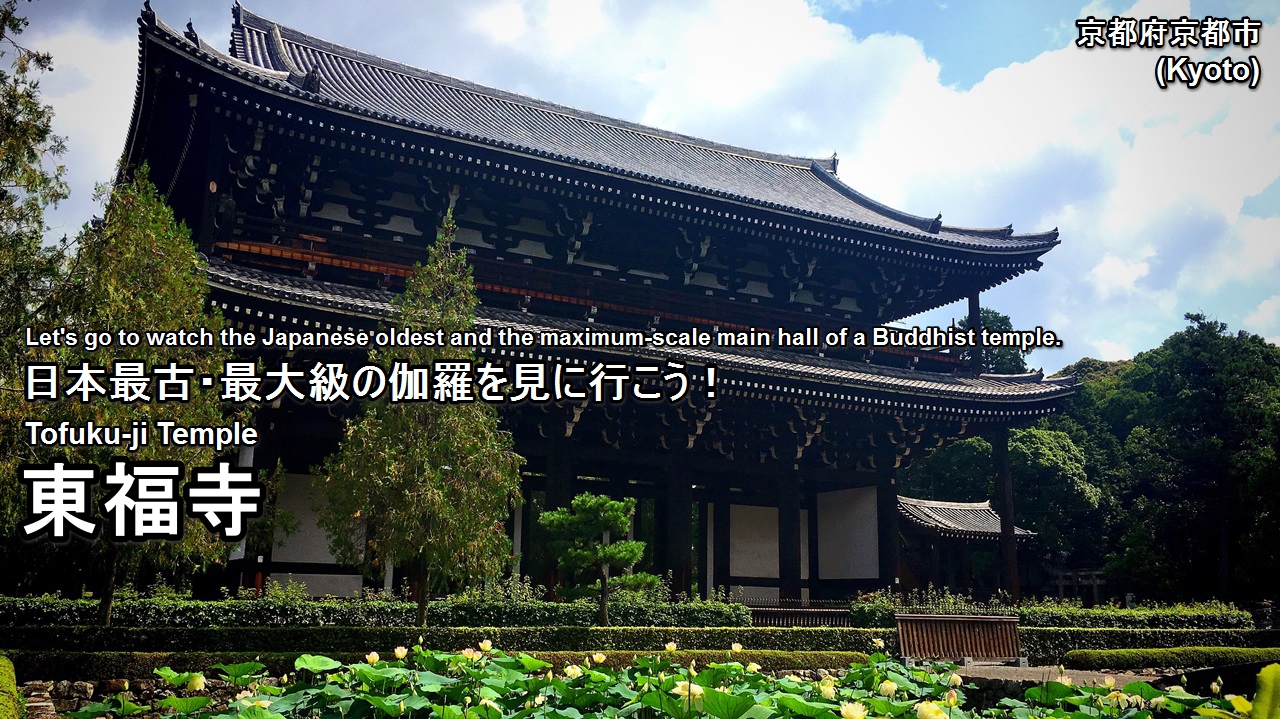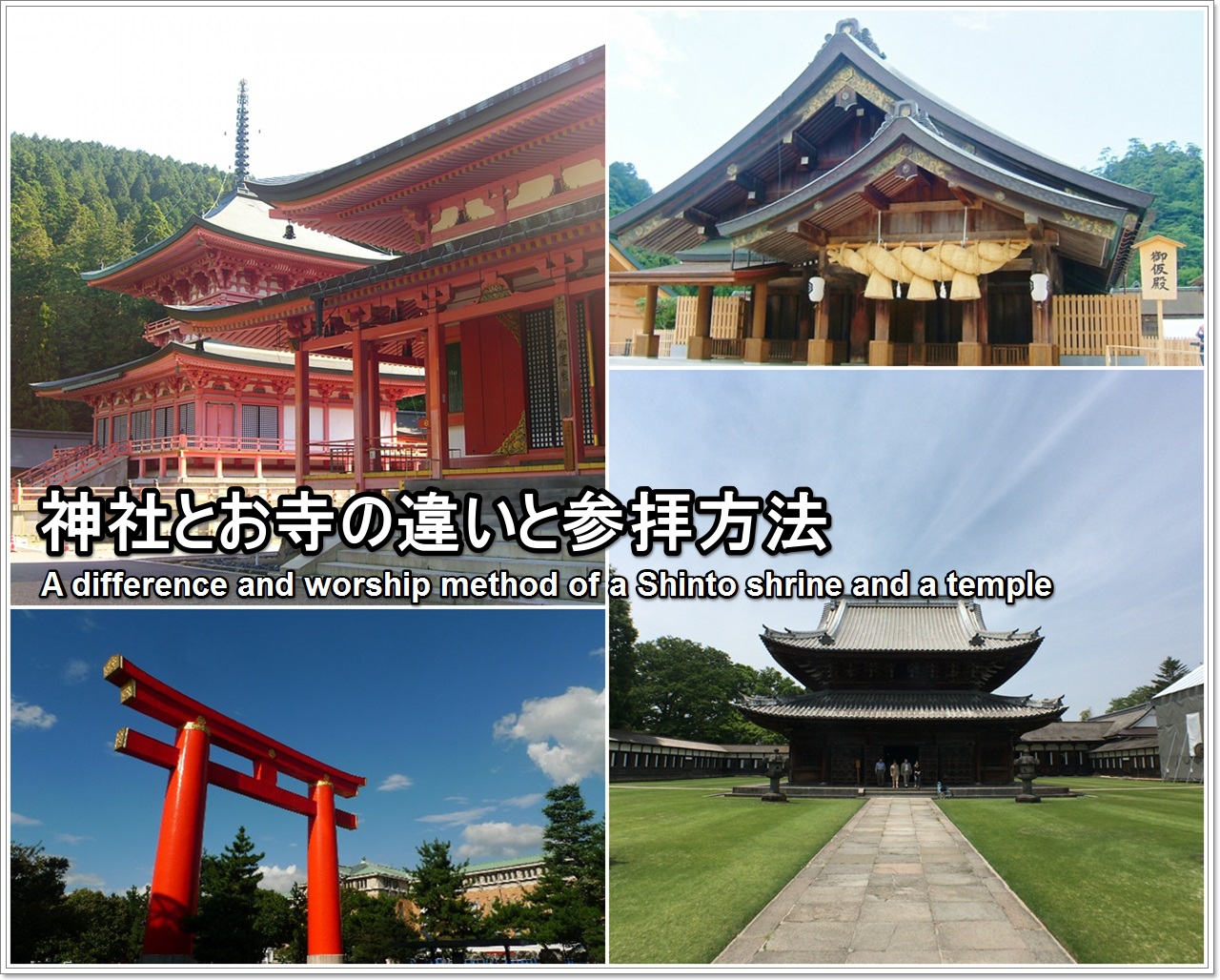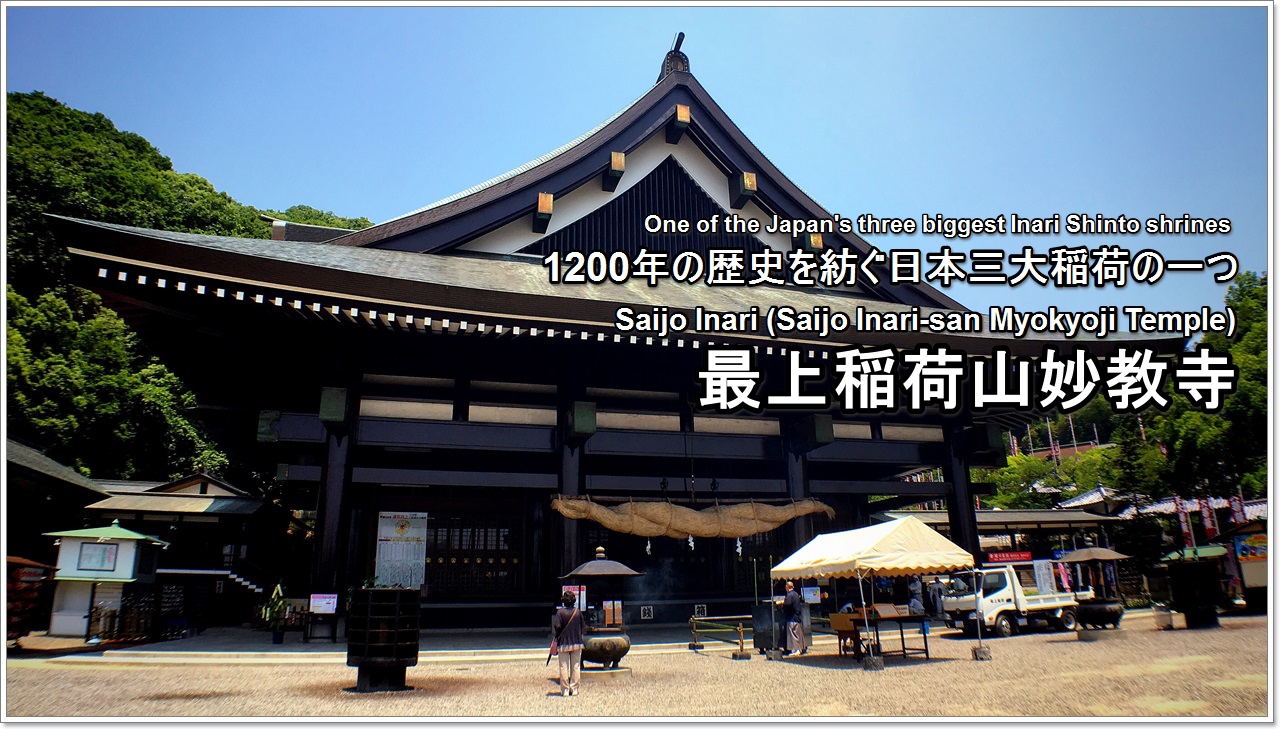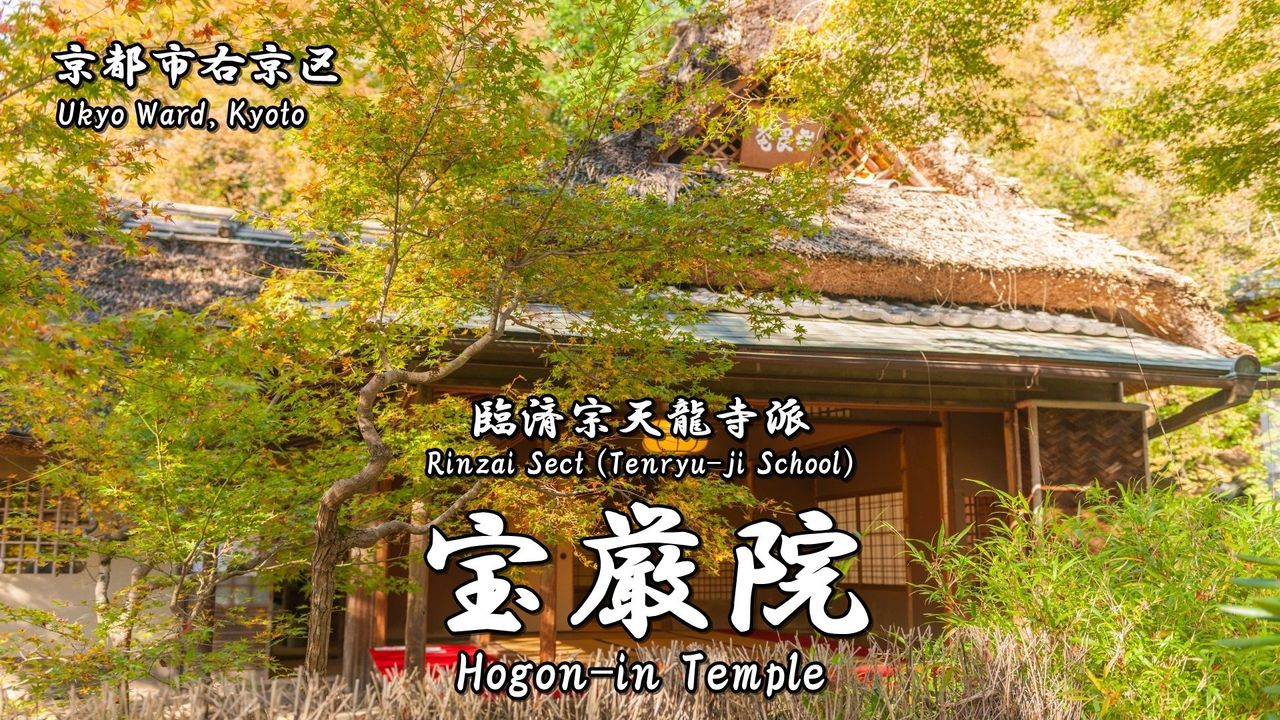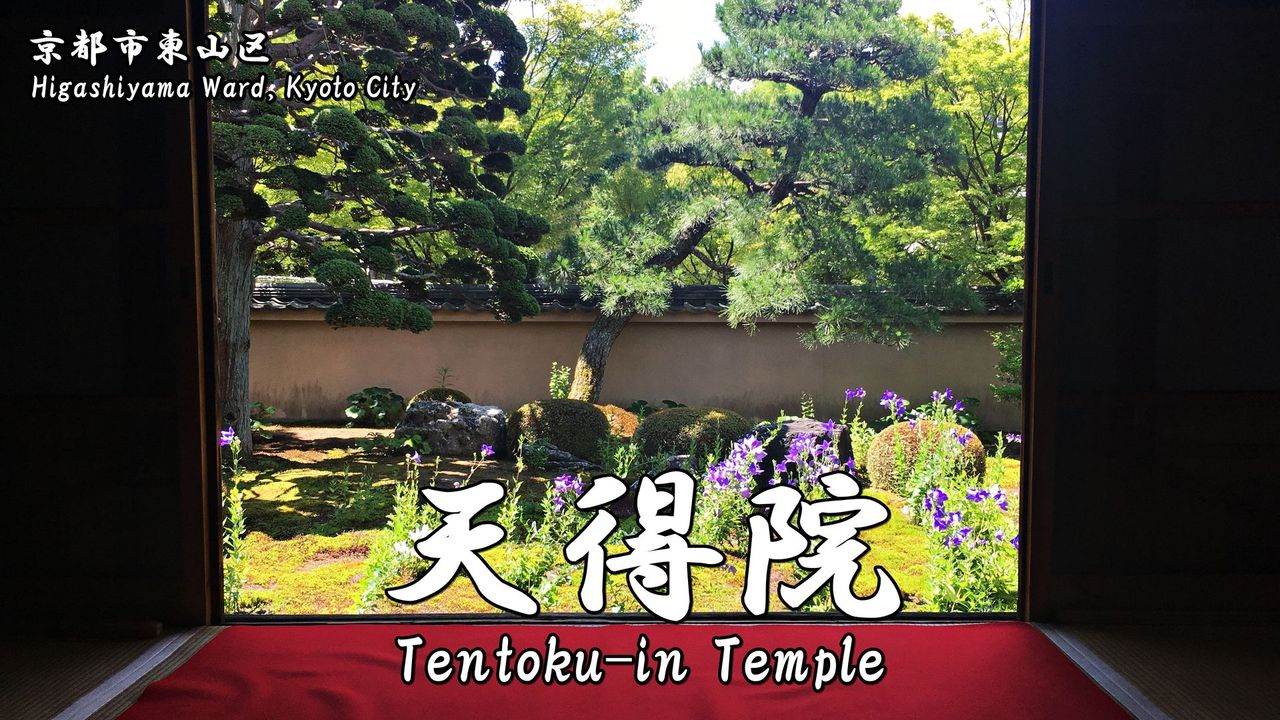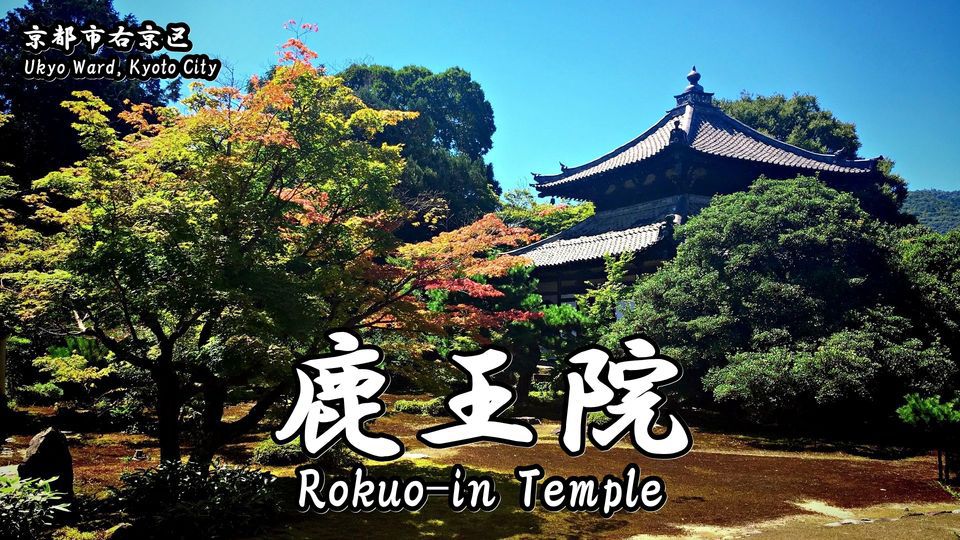
Rokuo-in Temple (鹿王院) is an independent Buddhist temple under the Rinzai Sect group located in Ukyo-ku Ward, Kyoto City.
There are a landscape garden incorporating the scenery of Arashiyama and Shari-den Hall (a hall which houses a relic or bone of the Buddha).
It’s close to Arashiyama but not crowded.
History of Rokuo-in
Rokuo-in Temple was founded in 1380 of the Muromachi period by Shunoku Myoha who was the Yoshimitsu Ashikaga’s zen instructor.
It has a history as a sub-temple of Hodo-Zenji Temple which was built by Yoshimitsu Ashikaga and burned down by Onin War.
Rokuo-in also declined by Onin War, but was revived in 1667 of the Edo period.
About Rokuo-in
Information
| Address | 24, Saga Kitaboricho, Kyoto Shi Ukyo Ku, Kyoto Fu, 616-8367, Japan |
| Phone | +81-75-861-1645 |
| Foundation | 1380 (Muromachi Period) |
| Founder | Shunoku Myoha (春屋妙葩) |
| Sect | Independent Buddhist temple under the Rinzai Sect group |
| Principal image | Shaka Nyorai (釈迦如来) |
Open
9:00-17:00
Admission Fee
| High school students or older | 400 yen |
| Junior and senior high school students | 200 yen |
Parking lot
Free parking space for 4 cars
Other information
・It is information as of April, 2019.
・Please ask temple’s staff where you can take photos and videos.
・Worship method of a shinto shrine and a buddhist temple, please refer to the following article.
Next, let’s see highlights of this temple with me!
Highlights of Rokuo-in
- 山門(San-mon gate)
- 参道(Approach to the temple)
- 鎮守社(Chinju-sha Shrine)
- 中門(Chu-mon gate)
- 前庭(Front garden)
- 庫裏(Kuri)
- 本庭*(Hontei garden)*
- 客殿*(Kyaku-den hall)*
- 本堂*(Hon-do hall)*
- 舎利殿*(Shari-den hall)*
- 茶室「芥室」*(Kaishitsu (Tea house))*
- 後庭/茶庭*(Back garden)*
This mark (*) is a pay area.
山門(San-mon gate)
It was built in 1380 of the Muromachi period, the only original building left at this temple.
The tablet on the gate reads ‘Kakuyuzan (覚雄山)’ which is the sango (mountain name) of this temple.
This letter was written by Yoshimitsu Ashikaga (足利義満), the third shogun of the Muromachi Shogunate.
参道(Approach to the temple)
鎮守社(Chinju-sha Shrine)
It is one of the Shinto shrine on Buddhist temple grounds dedicated to the tutelary deity of the area.
中門(Chu-mon gate)
前庭(Front garden)
庫裏(Kuri)
Kuri is a building that serves as the temple kitchen and office.
It was rebuilt in the Kanbun era (1661 – 1673) of the Edo period.
本庭*(Hontei garden)*
Hon-tei garden is the flat dry landscape garden incorporating the scenery of Arashiyama at the front of the reliquary hall is covered with moss and decorated with stone arrangements and shrubs.
It is designated as a registered cultural property (Places of Scenic Beauty) by Kyoto City.
客殿*(Kyaku-den hall)*
Kyaku-den hall has a role as the reception / guest hall.
It was rebuilt in 1890 of the Meiji period.
The tablet on the building reads ‘Rokuoin (鹿王院)’ which is the name of this temple.
This letter was written by Yoshimitsu Ashikaga (足利義満), the third shogun of the Muromachi Shogunate.
本堂*(Hon-do hall)*
Temple buildings are connected by roofed walkways.
Shaka Nyorai (principal image), Shunoku Myoha (the Kaisan, founder) and Yoshimitsu Ashikaga (the Kaiki, founding patron) are enshrined into the Hon-do hall.
舎利殿*(Shari-den hall)*
Shari (舎利) means Buddha’s ashes.
So, Shari-den hall is a hall which houses a relic or bone of the Buddha.
It was built in 1763 of the Edo period and is also said to have become the model of Kinkaku-ji Temple‘s Shari-den hall.
Shari (Buddha’s ashes) is enshrined inside the Zushi in the Hall.
The Four Heavenly Kings protect the Zhshi.
Nehan-zu (image of a recumbent Buddha) is also displayed in the hall.
茶室「芥室」*(Kaishitsu (Tea house))*
There are Kaishitsu (Tea house) in the back of the Kyaku-den hall.
後庭/茶庭*(Back garden)*
The tea house garden is called Ato-niwa (back garden).
Autumn leaves of Rokuo-in
The best season of autumn leaves is from late November to early December.
Video of Rokuo-in
Photo of Rokuo-in
Goshuin (Red ink stamp) of Rokuo-in
Rokuo-in’s red ink stamp is ‘Butsuge Shariden (佛牙舎利殿)’ which means Shari-den hall.
We can get these goshuin at the entrance. (300 yen)
How to get to Rokuo-in
Nearest station is ‘Randen Arashiyama Mail Line Rokuoin Station’ or ‘JR Sanin Main Line Saga-Arashiyama Station’.
We can also go by bus from Kyoto Station, Kyoto Kawaramachi Station and Gion-shijo Station.
From Osaka Umeda Sta. to Rokuoin Sta. (by train)
Timetable and Route Search (train)
1.Get on the Hankyu Kyoto Line from Osaka Umeda Station to Saiin Station and change to the Randen Arashiyama Line.
If you get on the ‘Limited Express’, you need to transfer at Katsura Station. (Limited Express train does not stop at Saiin Station.)
2.Get on the Randen Arashiyama Line from Sai Station to Rokuoin Station.
From Namba Sta. to Rokuoin Sta. (by train)
Timetable and Route Search (train)
1.Get on the Osaka Metro Midosuji Line from Namba Station to Umeda Station and change to the Hankyu Kyoto Line.
2.Get on the Hankyu Kyoto Line from Osaka Umeda Station to Saiin Station and change to the Randen Arashiyama Line.
If you get on the ‘Limited Express’, you need to transfer at Katsura Station. (Limited Express train does not stop at Saiin Station.)
3.Get on the Randen Arashiyama Line from Sai Station to Rokuoin Station.
From Kyoto Sta. to Saga-Arashiyama Sta. (by train)
Timetable and Route Search (train)
1.Get on the JR Sagano (Sanin Main) Line from Kyoto Station to Saga-Arashiyama Station.
From Rokuoin Sta. to Gio-ji (on foot).
It’s about 5 minutes (300m) on foot.
Get on a bus from Kyoto Station
Timetable and Route Search (bus)
Please get on a Kyoto Bus No.73 bound for Kokedera Temple, Suzumushidera Temple at Kyoto Sta. C6 bus stop and get off Shimo-Saga bus stop.
Bus company:Kyoto Bus
Routes/Destination:No.73[Bound for Kokedera Temple, Suzumushidera Temple]
Boarding bus stop:Kyoto Sta. C6
Alighting bus stop:Shimo-Saga
Bus fare:230 yen
Time required:About 42 min
Get on a bus from Kyoto Kawaramachi Station
Timetable and Route Search (bus)
Please get on a Kyoto City Bus No.11 bound for Saga Arashiyama at Shijo Kawaramachi D bus stop and get off Saga Shimo-Saga bus stop.
Bus company:Kyoto City Bus
Routes/Destination:No11[Bound for Saga Arashiyama]
Boarding bus stop:Shijo Kawaramachi D
Alighting bus stop:Shimo-Saga
Bus fare:230 yen
Time required:About 41 min
Get on a bus from Gion-shijo Station
Timetable and Route Search (bus)
Please get on a Kyoto City Bus No.11 bound for Saga Arashiyama at Shijo Keihan-mae C bus stop and get off Shimo-Saga bus stop.
Bus company:Kyoto City Bus
Routes/Destination:No11[Bound for Saga Arashiyama]
Boarding bus stop:Shijo Keihan-mae C
Alighting bus stop:Shimo-Saga
Bus fare:230 yen
Time required:About 48 min
Take a taxi
From Kyoto Station:about 3,900 yen (30 minutes)
From Arashiyama Station:about 650 yen (10 minutes)
・Let’s show a taxi driver the following phrase.
・If you want to call a taxi, let’s show the following phrase.
・Phone number of taxi dispatch (Around Kyoto Sta.)
・Phone number of taxi dispatch (Around Hankyu Arashiyama Sta.)
Hotel search & reservation around Rokuo-in
How did you like it?
Have a nice trip!


